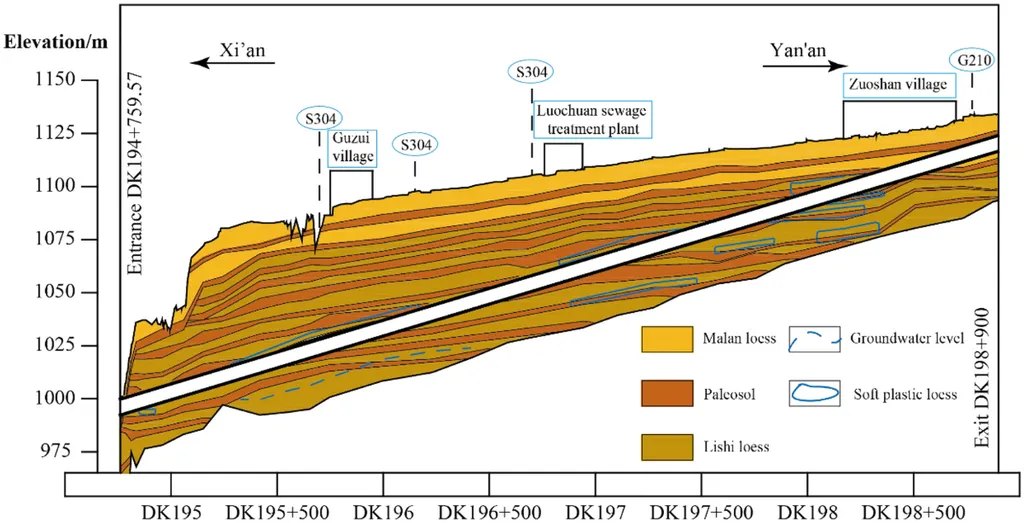In the vast landscapes of northern China, the Malan loess—a fine-grained sediment—plays a crucial role in construction and energy infrastructure. Understanding its behavior under different conditions is vital for ensuring the stability and longevity of buildings, roads, and energy projects. A recent study published in *Taiyuan Ligong Daxue xuebao* (Journal of Taiyuan University of Technology) sheds new light on the microstructure of Malan loess, offering insights that could revolutionize how we approach construction in loess-dominated regions.
The research, led by WANG Yuanyuan from the College of Geological and Surveying Engineering at Taiyuan University of Technology, introduces a novel classification system for loess structure. Traditional methods categorize loess into individual particles, coated particles, aggregates, and cements. However, this approach has limitations in explaining the structural evolution of loess when subjected to wetting and loading. WANG’s study proposes a new classification that divides the solid material into skeletal particles (particle size > 5 μm, mainly fresh to moderately weathered sands or silts) and matrices (clay particles with particle size < 5 μm, completely weathered particles and aggregates of all sizes). "This new classification allows us to better understand the mechanisms behind loess collapse and disintegration," WANG explains. "By distinguishing between skeletal particles and matrices, we can more accurately predict how loess will behave under different conditions, which is crucial for the energy sector and construction industry." The study found that the shape and occurrence of these particle units change significantly during the collapse induced by wetting. Skeletal particles, which are mainly composed of quartz, feldspar, and calcite, tend to break down, while matrices, primarily clay minerals and calcium carbonate, disperse or disintegrate. "The relatively unstable point-to-point contacts between particles transform into more stable edge-to-edge or edge-to-point contacts," WANG notes. "This transformation is key to understanding the structural changes in loess." The implications for the energy sector are substantial. Loess regions are often sites for wind farms, solar installations, and other energy infrastructure. Understanding the behavior of loess under wetting conditions can help engineers design more stable foundations and structures, reducing the risk of collapse and ensuring the longevity of these projects. "This research provides a foundation for developing more effective stabilization techniques for loess," WANG says. "It opens up new possibilities for improving the safety and efficiency of construction in these regions." The study's findings could also have broader applications in geotechnical engineering, particularly in areas prone to loess collapse. By providing a clearer understanding of the structural components of loess, the research paves the way for more accurate modeling and prediction of loess behavior. This, in turn, can lead to more informed decision-making in construction and infrastructure development. As the energy sector continues to expand into loess-dominated regions, the insights gained from this research will be invaluable. By leveraging the new classification system, engineers and scientists can develop more robust and sustainable solutions for building in these challenging environments. The study published in *Taiyuan Ligong Daxue xuebao* marks a significant step forward in our understanding of loess microstructure, offering a pathway to more stable and resilient infrastructure in the future.

